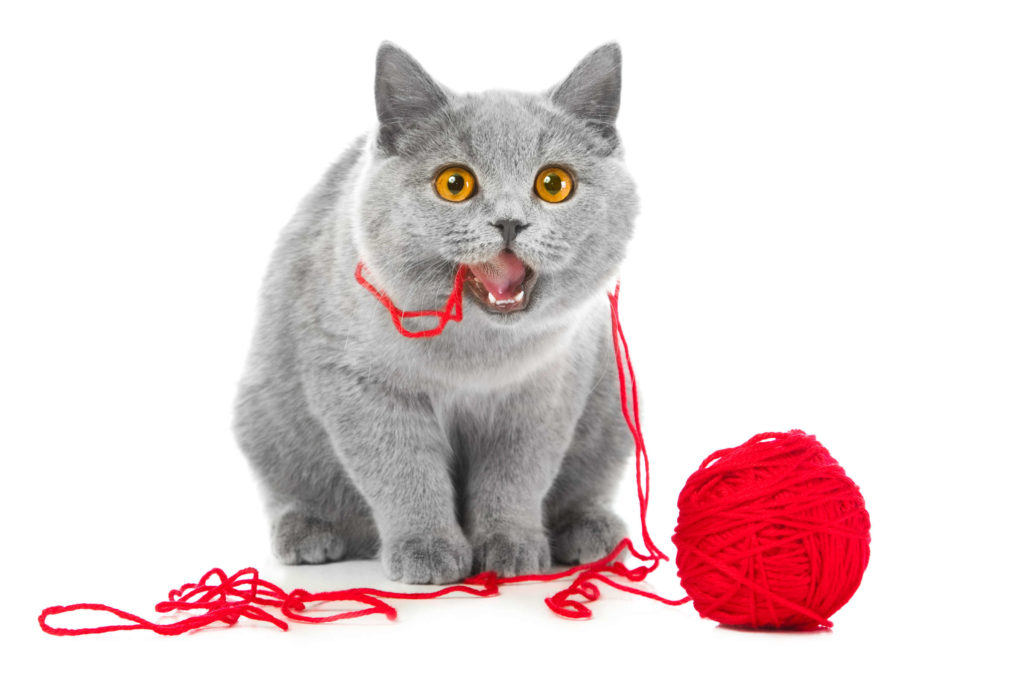Pica in Cats

Pica is broadly defined as ingesting non-nutritive or non-digestible materials.
What causes Pica in Cats?
It is thought that pica is an obsessive behaviour that causes cats to eat non-edible substances.
There are many suspected causes but the exact reason is not yet known.
Many experts believe that pica is more common in cats that were weaned too early.
It is more commonly seen in indoor cats and often in oriental breeds.
Some veterinarians and behaviour experts believe that inadequate amounts of fat or fibre in the diet can lead a cat to crave these nutrients from non-edible objects.
How would I know if my cat has Pica?
Certain side effects that you will notice from your cat are vomiting, diarrhoea and constipation.
Objects your cat likes to eat:
-
Synthetic fabrics
-
Rubber objects
-
Wood
-
Cardboard
-
Plastic
-
Paper
A pica sufferer will take the chosen object in its mouth and grind repeatedly with the back-molar teeth before swallowing in a sequence that can take less than a few seconds.
If you think your cat has this condition, it is very important to keep an eye on it, as undesired objects can be swallowed very quickly.
What can you do?
Remove any inedible objects & Keep items such as household plants, blankets, clothing and electrical cords out of your cat’s reach to remove the temptation to eat them.
Providing chewing alternatives such as Cat toys and safe plants like catnip, can detour the feline’s behaviour to a more appropriate chewing object.
Boredom is a common cause for pica, so structured playtime with your cat can prevent boredom and fulfil the need to be active.
Attending to dietary needs can also help. Malnourished felines may chew on inappropriate objects if their diet is lacking in adequate nutrients.
Feeding a good quality, species appropriate raw diet will provide your feline with all the nutrients and vitamins it requires on a daily basis.
Should you have any specific concerns, always speak to your veterinarian or animal behaviourist.
